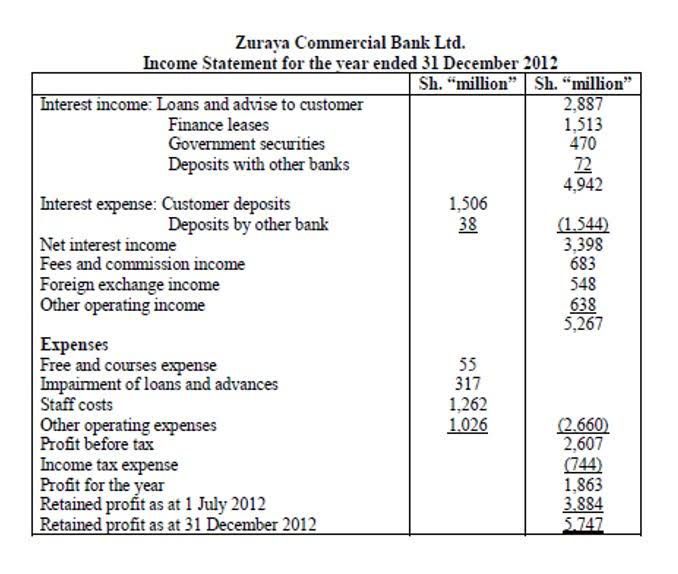3 4: Transportation Costs for Merchandising Transactions Business LibreTexts

In general, the accounting entries are often performed earlier for an FOB shipping point transaction than an FOB destination transaction. As the freight term on the invoice is “FOB Shipping Point”, the company ABC as a buyer will be responsible for the inventory goods on board and pay for the transportation cost. For example, the company ABC makes a credit purchase https://www.bookstime.com/ of $10,000 of inventory goods from its supplier “XYZ”. In this purchase, the term “FOB Shipping Point” is stated as the freight term on the invoice. The vendor-client transaction defines the FOB terms in the purchase order. Assume that a seller quoted a price of $900 FOB shipping point and the seller loaded the goods onto a common carrier on December 30.

One to record the sale to the customer and one to record the usage of inventory as a cost of goods sold. It’s important for the moment of sale to be accurately recorded for this reason, and also for entry into the company records. Alternatively, FOB destination places the burden of delivery on the seller.
Journal entry for FOB shipping point
Since the goods on the truck belong to the buyer, the buyer should pay the shipping costs. The point of FOB shipping point terms is to transfer the title to the goods to the buyer at the shipping point. Goods in transit should therefore be reported as a purchase and as inventory by the buyer, and as a sale and an increase in accounts receivable by the seller. In this case, the seller completes the sale in its records once the goods arrive at the receiving dock.
- Also assume that the goods are on the truck until January 2, when they are unloaded at the buyer’s location.
- The distinction is important in specifying who is liable for goods lost or damaged during shipping.
- In accounting, the term “FOB shipping point” means the point of transfer of goods is when the goods leave the seller’s location.
- On the supplier XYZ’s side, we can make the journal entry for FOB shipping point by debiting the $10,000 to the accounts receivable and crediting the same amount to the sales revenue account.
Instead of ownership transferring at the shipping point, the manufacturer retains ownership of the equipment until it is delivered to the buyer. Both parties to not enter the sale transaction into their general ledger until the goods have arrived to the buyer, and the seller retains risk of the goods while they are in transit. When it comes to the FOB shipping point option, the seller assumes the transport costs and fees until the goods reach the port of origin.
Significance of FOB Shipping Point and FOB Destination
This accounting treatment is important because adding costs to inventory means the buyer does not immediately expense the costs and this delay in recognizing the cost as an expense affects net income. For example, assume Company ABC in the United States buys electronic devices from its supplier in China, and the company signs a FOB shipping point agreement. If the designated carrier damages the package during delivery, Company ABC assumes full responsibility and merchandise sold fob shipping point indicates that cannot ask the supplier to reimburse the company for the losses or damages. The supplier is only responsible for bringing the electronic devices to the carrier. FOB shipping point terms indicate that the buyer assumes ownership of the goods as soon as they leave the supplier’s location. Since FOB shipping point transfers the title of the shipment of goods when the goods are placed at the shipping point, the legal title of those goods is transferred to the buyer.
- Likewise, the $200 transportation cost is included in the cost of inventory goods directly.
- Shipping orders and contracts often describe the time and place of delivery, payment, when the risk of loss shifts from the seller to the buyer, and which party pays the costs of freight and insurance.
- Assume the computers were never delivered to Company XYZ’s destination, for whatever reason.
- FOB shipping point terms indicate that the buyer assumes ownership of the goods as soon as they leave the supplier’s location.
- Sellers record sales returns and sales allowances in a separate Sales Returns and Allowances account.
- The buyer records the purchase, accounts payable, and the increase in inventory on January 2 when the buyer becomes the owner of the goods.
Also assume that the goods are in transit until they arrive at the buyer’s location on January 2. On December 30, the seller should record a sale, an account receivable, and a reduction in its inventory. The buyer is not responsible for the goods during transit; therefore, the buyer often is not responsible for paying for shipping costs. The buyer is also able to delay ownership until the goods have been delivered to them, allowing them to do an initial inspection prior to physically accepting the goods to note any damages or concerns. Imagine the same situation as above except the terms of the agreement called for FOB destination.
FOB shipping point on buyer’s side
FOB Shipping Point means the buyer is responsible for shipping and must pay and record for shipping. As the seller, we will record any shipping costs in the Delivery Expense account as a debit. We will credit cash or accounts payable, depending on if we paid it or not. Remember, the credit terms (or terms) provides information to the buyer about when the invoice is due and if there is a discount allowed for paying the invoice early. The discount is not recorded until payment is received because the seller does not know if a buyer will take the discount or not. Discounts are recorded in a contra-revenue account called Sales Discounts.
- As the freight term on the invoice is “FOB Shipping Point”, the company ABC as a buyer will be responsible for the inventory goods on board and pay for the transportation cost.
- Since FOB shipping point transfers the title of the shipment of goods when the goods are placed at the shipping point, the legal title of those goods is transferred to the buyer.
- This accounting treatment is important because adding costs to inventory means the buyer does not immediately expense the costs and this delay in recognizing the cost as an expense affects net income.
- In this journal entry, the transportation costs that the buyer pay is considered part of the cost of inventory.
Also, under these terms, the buyer is responsible for the cost of shipping the product to its facility. If the terms include the phrase “FOB origin, freight collect,” the buyer is responsible for freight charges. If the terms include “FOB origin, freight prepaid,” the buyer assumes the responsibility for goods at the point of origin, but the seller pays the cost of shipping. At the same time, even though the treadmills have not yet been delivered, the buyer has now officially taken responsibility for the goods. When at the shipping point, the buyer now has an open accounts payable balance though it also should now carry the treadmill on their financial records. The fact the the treadmills may take two weeks to arrive is irrelevant for this shipping agreement; the buyer will already possess ownership while the goods are in transit.